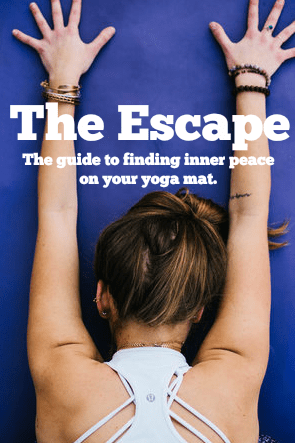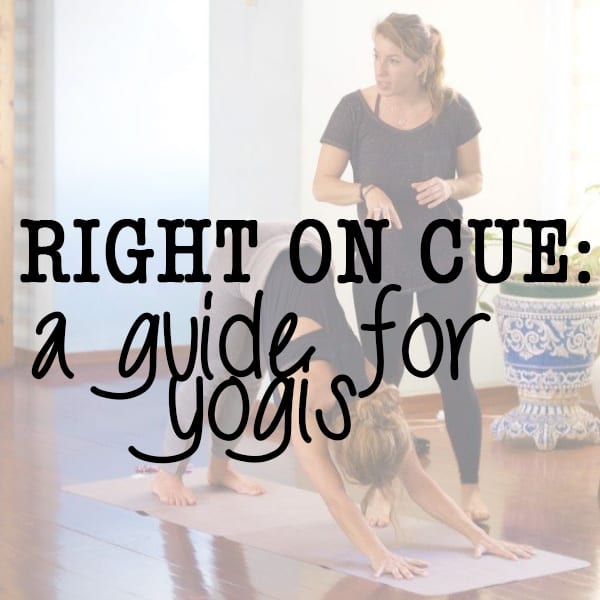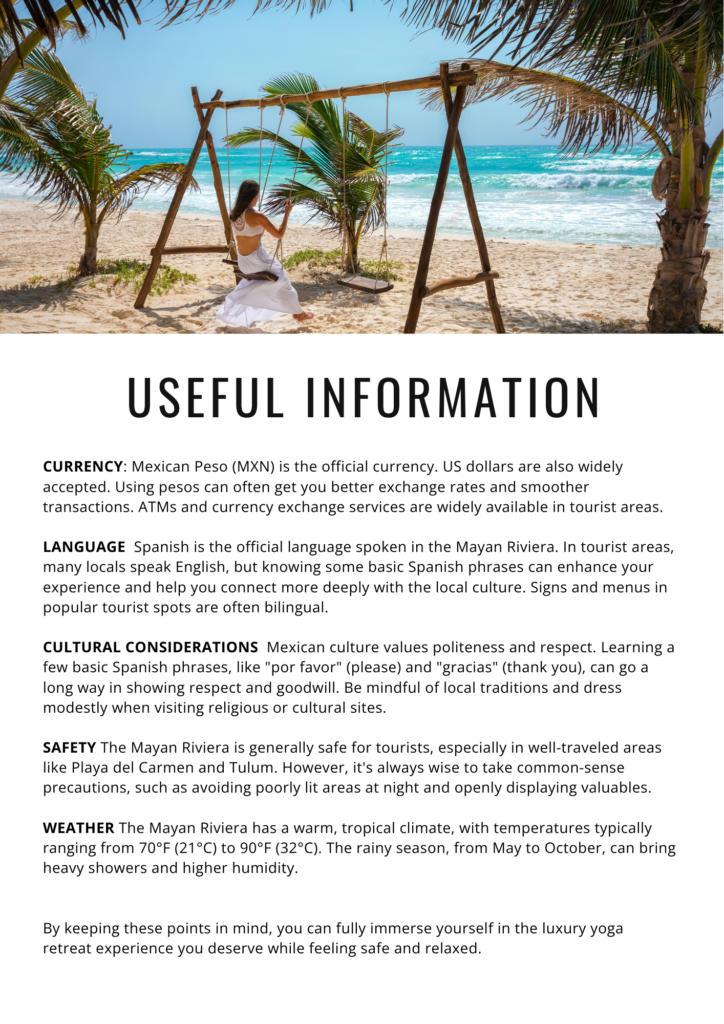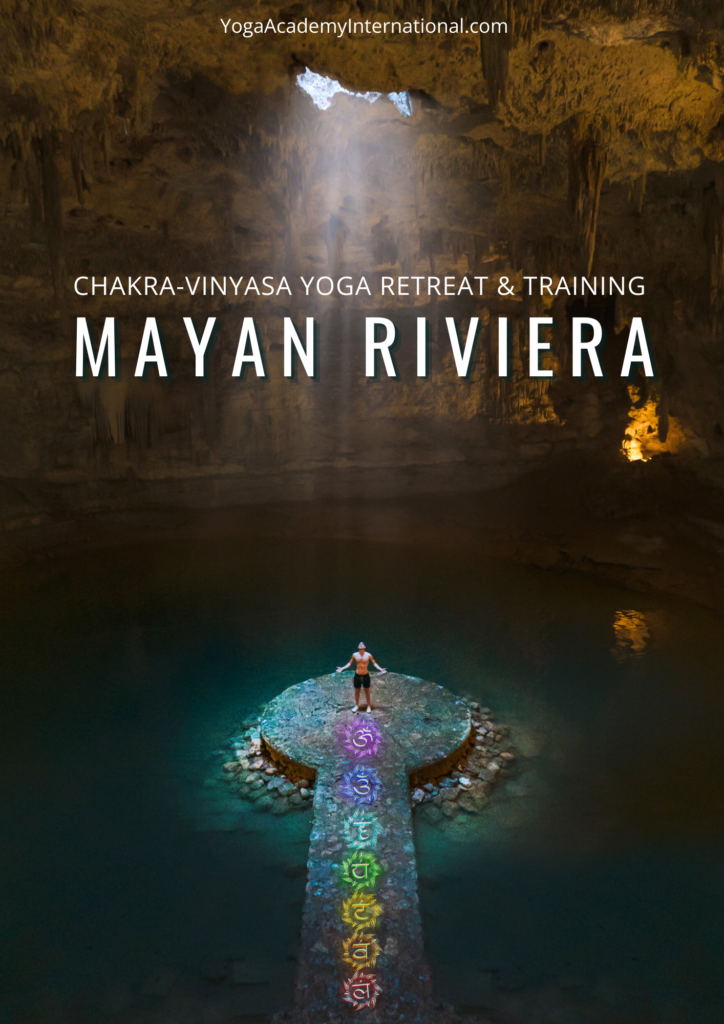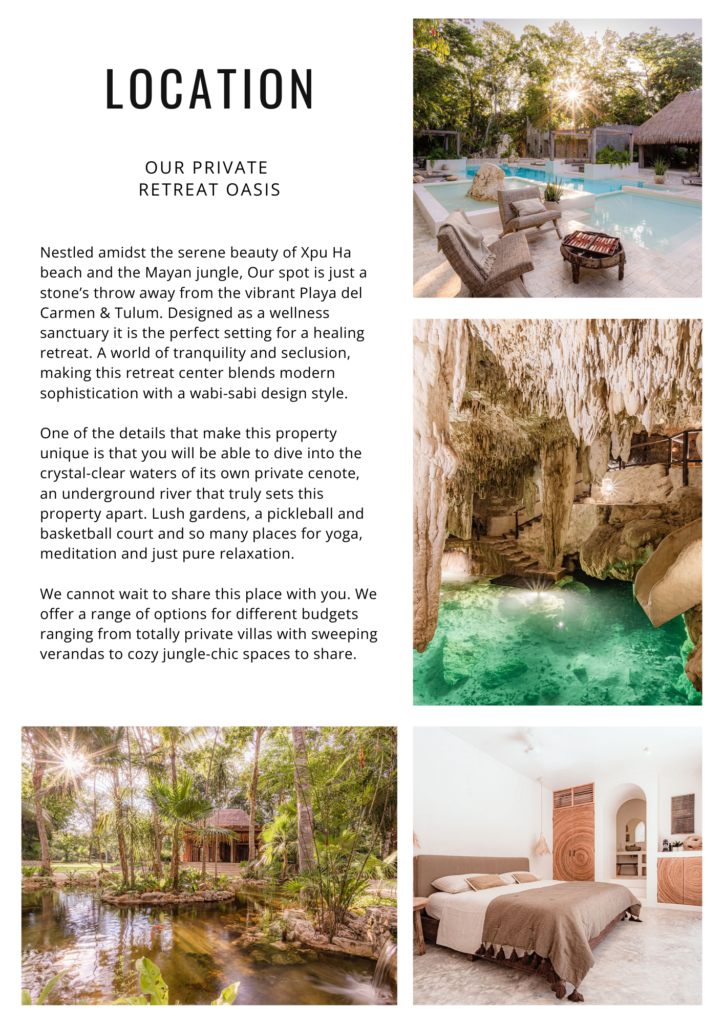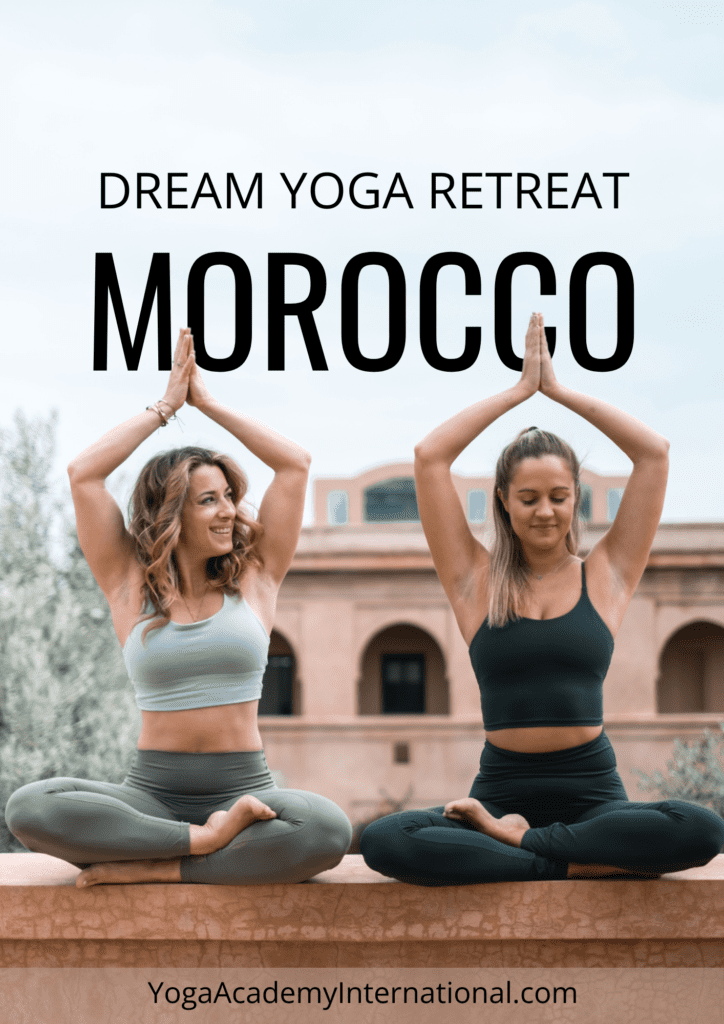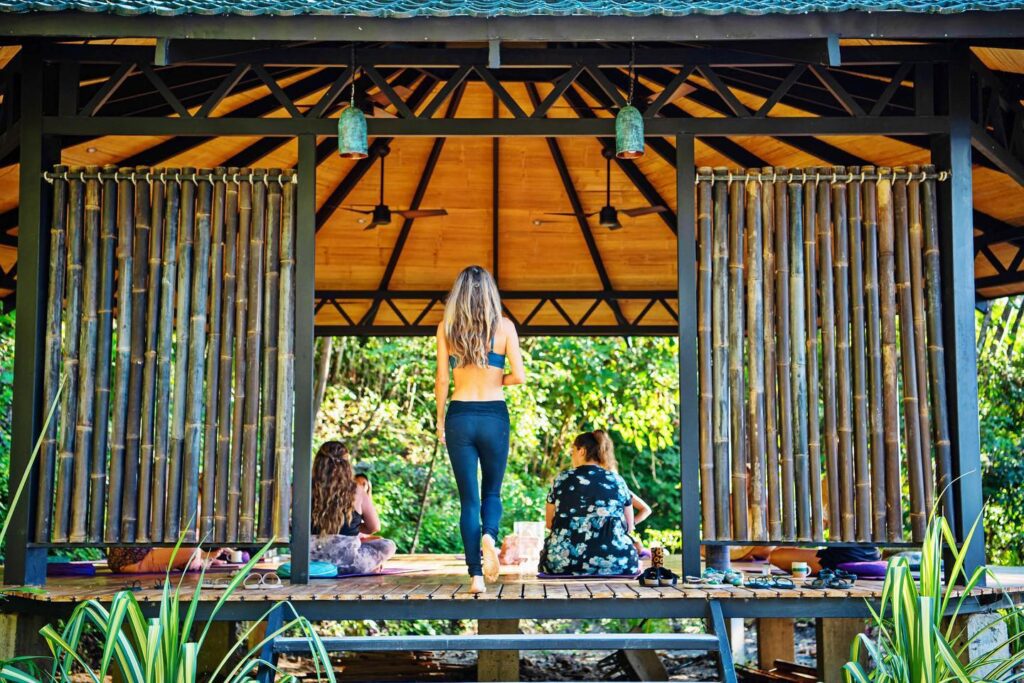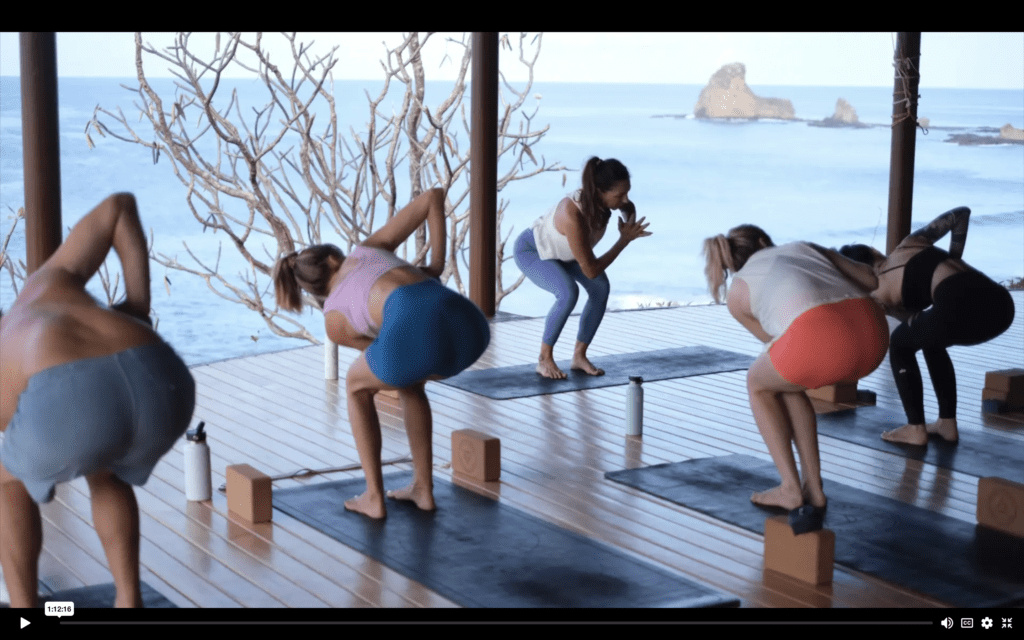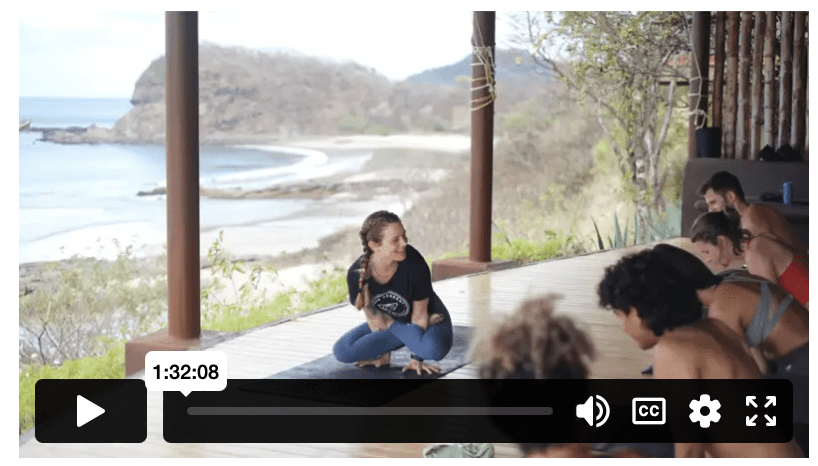That place where you feel your shoulders release from your ears and your soul smile. Some people find their escape on a 5 mile run or perhaps a 500 page book, but my escape is a journey. It’s my journey through my practice of yoga – the easy and the challenging.

Many people are afraid to be judged when it comes to yoga, so they choose to not practice. They are nervous that they won’t do something right. Well, let me tell you something, I’ve been there before and its about time you get over yourself and let down your walls. That may seem harsh, yes, but at the end of the day the only one you are afraid of is yourself. As soon as you let those walls down and stop caring what other people think, you will find this feeling of peace. It’s up to you to simply show up; on your mat, a friends mat, a studios mat, any mat. Be present and you will escape into your journey.
I must say I am not one of those people who can just stop thinking about the million of things they have on their plate, but yoga has truly helped me with this. I’m not perfect and still catch my mind wandering in Savasana (the time where you are supposed to be most relaxed) from time to time, but practicing yoga has formed a journey in my life. My alignment is far from perfect and I can’t do all the crazy poses that you see on Instagram, but I can do one thing that I find the most important. I can flow. Whether that is to my breath, the music I feel vibrating my soul, or my neighbors flow, I have found the beauty in letting go, being present for myself.
 You will not only grow significant mental strength, but you will gain incredible physical strength. The fitness aspect of yoga is underestimated, and it will not be easy your first time on the mat, but you can definitely do it. Just like we learn to walk when we are born, us yogi’s like to learn how to find the balance and strength to stand on our hands. We LOVE to go upside down – 1 second or 1 minute – gotta do it. Us yogi’s seem to live for the unordinary.
You will not only grow significant mental strength, but you will gain incredible physical strength. The fitness aspect of yoga is underestimated, and it will not be easy your first time on the mat, but you can definitely do it. Just like we learn to walk when we are born, us yogi’s like to learn how to find the balance and strength to stand on our hands. We LOVE to go upside down – 1 second or 1 minute – gotta do it. Us yogi’s seem to live for the unordinary.
So, I invite you to stop worrying about doing something wrong and just let go. Allow your body and soul to flow as one. As cliche as it sounds, when you experience the moment, you’ll know it. STOP being afraid of going to a studio for the first time, or even a new studio, because at the end of the day you are only fearing yourself. I’ve been right where you are, I recently went to a new studio here in Nashville, and I must admit that I had the jitters before I walked in (you can read about my experience here). Then, as soon as I walked in…yes, to a room full of strangers, my jitters disappeared into the positive vibes and warm welcome. No matter how many years you have been practicing yoga, if you simply show up, you will be amazed by what your journey can become.
I hope you are inspired to try out the practice of yoga, here are some words of wisdom for the next (or first) time you get on your mat as a wildflower:
Listen to your body & give it what it’s asking. Speak kindly to yourself, and you will be amazed of how much strength you already have. Be playful in your practice & allow your body to thank YOU for showing up – plus this is the time you realize you have the strength to a hold a pose you gave up on 3 months ago.
 Kazmira Eldaly has called Nashville her home since January 2015. Currently she is living in the city working in a hi-rise downtown and sharing her life experiences on her blog, The Wildflower Words She began her yoga practice in her hometown, Detroit, MI. Shortly after her first yoga class, at the age of 17 she began the search to find her yoga home. It wasn’t too long after she found her passion for yoga that she found her home at Citizen Yoga Royal Oak. The rest is history. Now at the age of 21 she still practices yoga daily in Nashville, Tennessee and continues to be challenged and blown away by the stillness and beauty of the practice. She aspires to teach across the globe one day and share the moment of getting on her mat, alone or with friends, escaping reality to fill herself with love and positive energy. One thing she feeds off most is human connection, and she loves to hear every single persons story, and answer any and every question she can. She definitely strives to make people happy by recognizing the best version of themselves, so never doubt reaching out to Kazmira.
Kazmira Eldaly has called Nashville her home since January 2015. Currently she is living in the city working in a hi-rise downtown and sharing her life experiences on her blog, The Wildflower Words She began her yoga practice in her hometown, Detroit, MI. Shortly after her first yoga class, at the age of 17 she began the search to find her yoga home. It wasn’t too long after she found her passion for yoga that she found her home at Citizen Yoga Royal Oak. The rest is history. Now at the age of 21 she still practices yoga daily in Nashville, Tennessee and continues to be challenged and blown away by the stillness and beauty of the practice. She aspires to teach across the globe one day and share the moment of getting on her mat, alone or with friends, escaping reality to fill herself with love and positive energy. One thing she feeds off most is human connection, and she loves to hear every single persons story, and answer any and every question she can. She definitely strives to make people happy by recognizing the best version of themselves, so never doubt reaching out to Kazmira.

